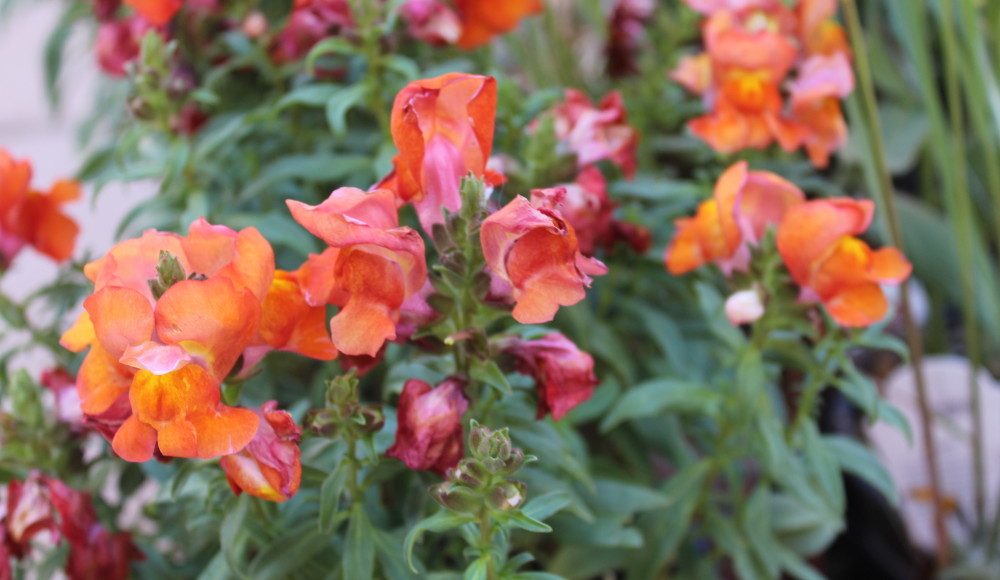Many of you are familiar with Montessori’s 3 year cycle. However, many still wonder why our classrooms are combined within a 3 year age group. Did you know Montessori starts at 0-3? This is the Infant/Toddler program, which is not offered here at FMS. Your children, however, are in the next group up, which is the Early Childhood or Primary Class, which is also known as the 3-6 classroom.
The easiest explanation for this is that children in their specific multi-age classroom are all in a similar plane of development, yet they all still demonstrate distinct individual experiences, preferences, social roles, and learning, and the the interaction hits multiple points of their own growth. They allow the children to learn at their own pace and to learn from each other.

When your child starts as a pre-schooler, maybe 3 or close to that, they are given an introduction to all things. The focus for a pre-school student is to acclimate to their learning environment, find their place amongst their peers, work on grace and courtesy, and most importantly, gain confidence and independence.
During their Pre-K year, they are now familiar with classroom rules and behavior expectations. They have gained some confidence but are not quite ready to be a class leader. This is the time where we focus on repetition and practice of lessons in all academic areas of the classroom. Our goal for them is to be self-directed in the classroom, moving from one work to another during their independent work cycle.
The third year is their Kindergarten year. This is the year we want them to gain mastery of all the skills practiced during their pre-school and pre-kindergarten year. We challenge them with more advanced work, practice time management skills to complete their academic goals for the day, and we help them with leadership and conflict resolution skills. While we often want to rush mastery, the Montessori three year cycle allows the children to develop at their own pace, ensuring that it is authentic and truly internalized.
We hope this gives you a clearer picture of why our classrooms are structured this way, as well as the main goal for each primary year.
We just finished our studies on Asia and reptiles, and have begun learning about the continent of South America, birds, and the environment. Ms. Jo talked about the Philippines and all its beautiful islands, as well as her hometown, the crazy city of Manila. The children learned how to dance the “tinikling”, a traditional dance using two bamboo sticks.

Here are your children working hard this month!












April Studies:
Birds and rainforests
Environmental Awareness, recycling, and care of the earth
South America: People, plants, and animals
Parts of the flower
Important Dates:
Monday, 4/12: Service Project begins for the Lullaby Connection
Friday, 4/23: Service Project finished
Spirit Days:
Friday, 4/16: Holiday Day! Dress as your favorite holiday
Friday, 4/23: 50s/60s day! Flower Power! Dress far-out like they did over 60 years ago
Friday, 4/30: Look Alike Day!
We hope you had a wonderful spring break!
Sincerely,
Primary 3
